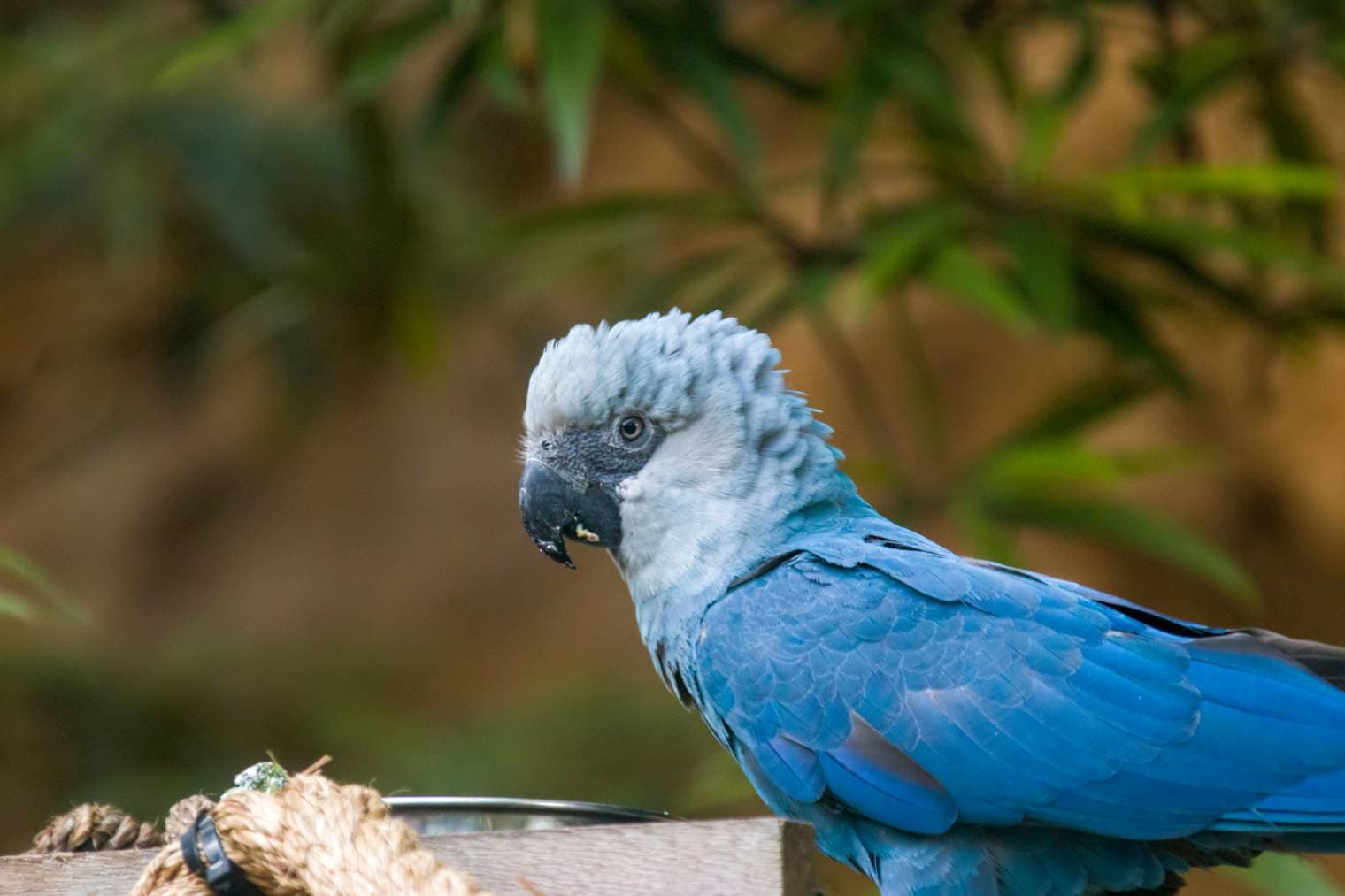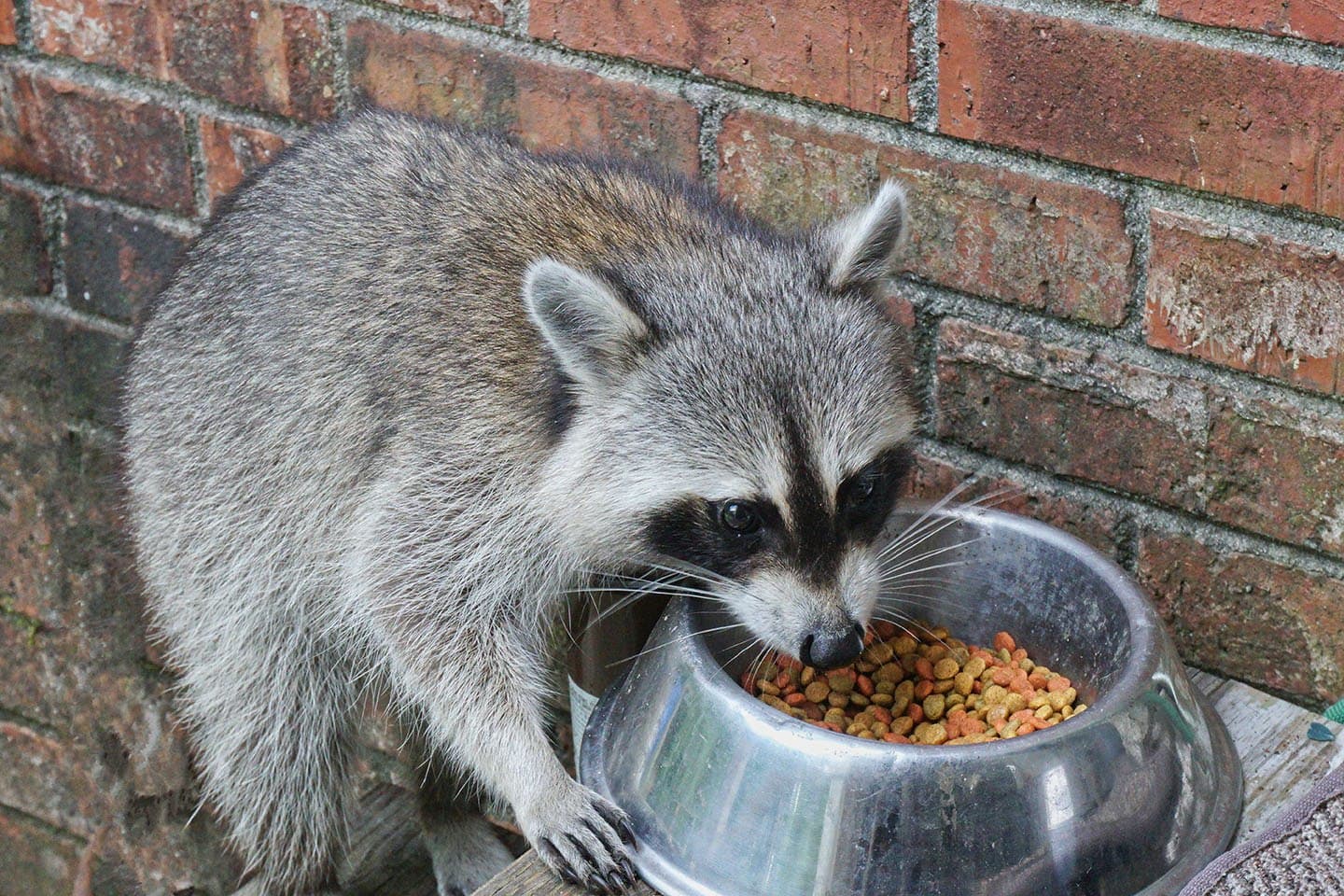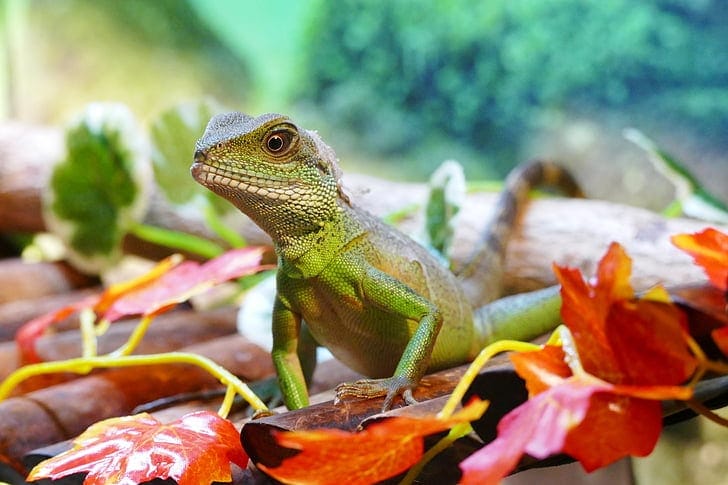Click to Skip Ahead
In the movie Rio, Blu is a Spix’s macaw that gets kidnapped and taken to Brazil. The Spix macaw, also known as the blue-throated macaw, is a species of parrot native to Brazil.
It is one of the largest and most beautiful in its family. Sadly, it disappeared from the wild in 2000 because of deforestation and shifting agriculture practices. Recently, however, some potential sightings have been reported near Brazil’s border with Paraguay, which has given conservationists hope that this magnificent bird may not be extinct after all.
Let’s hope they’re right! Read on to find out more about this fascinating creature.

The History of the Spix Macaw
Spix’s macaw got its name from the German explorer and naturalist Johann Baptist von Spix. He was part of a research team led by the Austrian botanist Karl Friedrich Phillip von Martius, who explored Brazil in 1817. Von Spix shot an adult male specimen while exploring near São Paulo and sent it back to his friend Charles Frédéric Lichtenstein, who then described it as a new species in 1819.
After this, von Spix found out that (according to local reports) another specimen had been brought back to Germany earlier by Count Johann Moritz Ghislain Mauritz Schönfeld-Waldenburg, SS-Oberst (Colonel), on his first expedition to Brazil in 1810. However, this other specimen died on the way back from Brazil and so wasn’t scientifically described until 1823 by Heinrich Boie.
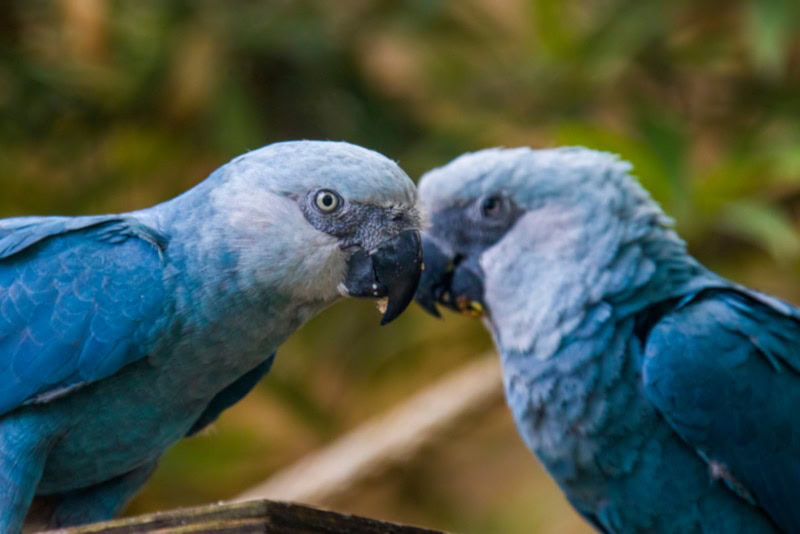
Spix Macaws in Captivity
There are currently an estimated 60 to 80 Spix macaws in captivity today. These are kept in captivity because they can no longer live in the wild due to habitat loss. At one time, there were as many as 300 Spix macaws in captivity around the world.
What Happened?
Fossil records show that the Spix’s habitat used to be much larger than when it became extinct, but while almost 5 million hectares of forest were protected in 1975, by 1985, this had been reduced to 1.5 million hectares. Open land with crops or cattle pastures now occupied much of the remaining habitat, which meant that the bird’s food sources became limited, and their nesting sites became too easy for predators such as crows to find.
Even though Brazil outlawed logging back in 1965, it wasn’t until 1973 that they set up a national park around one of Spix’s last habitats called ‘Parque Nacional de Brasilia’ (Brazilian National Park). Sadly, even then, it didn’t have enough resources to keep people out who were desperate for space to grow their crops, so many remained outside its protection which meant that the number of Spix macaws continued to dwindle.
By the time it was officially declared extinct in 2000, there were only 14 Spix macaws left, and when they died, there weren’t any others left to naturally repopulate their species.
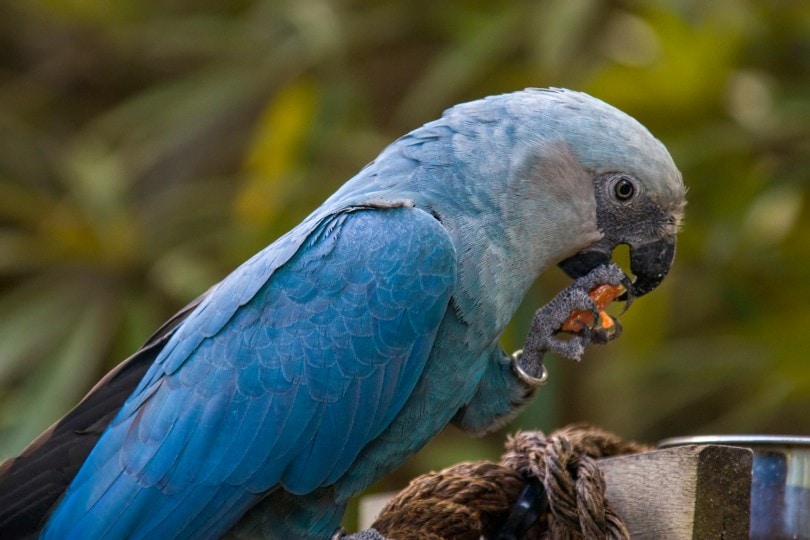
Why is This Important?
Other birds that live in the same area include the blue-and-yellow macaw (Ara ararauna), hyacinth macaw (Anodorhynchus hyacinthinus), and scarlet macaw (Ara Macao).
It’s thought that any remaining Spix macaws could be of vital importance to the survival of some of these other species, particularly if they share similar ecological needs and breeding habits with them. The problem is that while not all of these birds are critically endangered, we don’t actually know much about how they’re related or where exactly they fit into Brazil’s wider ecosystem.
Researchers are now working hard on sequencing the genome of the Spix macaw. This would allow them to compare it with that of other Ara birds to determine its relationship with them and perhaps even find some living relatives that we could use in a breeding program to help save this magnificent species from extinction.


Final Thoughts
With so few individuals left in captivity, it’s unlikely that there’ll ever be another natural breeding pair of Spix macaws. However, even if the species is lost forever, researchers will still have its genome to study thousands of years from now. By comparing this with modern and extinct birds, they’ll be able to learn more about what happened to make their ancestors unique and work out which other species are related to them so that they can help save birds like the blue-and-yellow macaw from extinction.
You may not get a pet Spix in this lifetime, but there are plenty of other birds that make great companions! Check out our guides to caring for all sorts of birds on our blog!
Featured Image Credit: Danny Ye, Shutterstock
